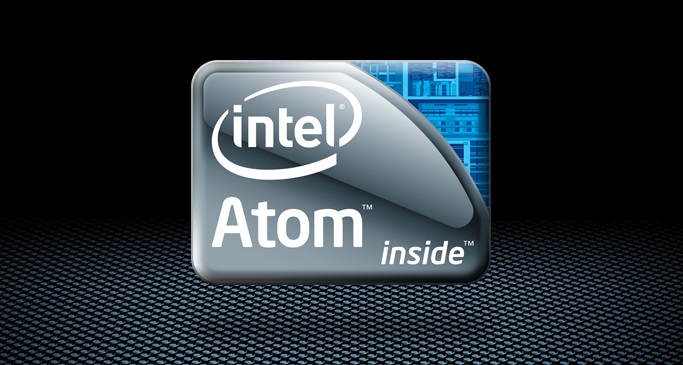Intel Avoton C2000 Microserver Chips Arrive For Data Centres

Intel makes available its low power ‘Avoton’ Atom C2000 chips for microservers and data centres
Bryant said there are more than 50 system designs in the works based on the C2000 lineup, including 11 microservers built by the likes of Dell, Huawei Technologies and Hewlett-Packard, which at the event showed off its M300 system, the latest microserver from the company’s Project Moonshot initiative to build ultra-low-power servers. Other systems in the works – many of which were on display at the event – were in the areas of storage and networking, including Dell’s new DCS 1300 offering for cold storage workloads. Executives from companies like Microsoft, Ericsson and OVH.com took to the stage to talk about how they planned to use the C2000 chips in everything from networking to servers.
 OVH and 1&1, both Web-hosting companies, are testing the C2000 chips and will deploy them in their data centres in the next quarter.
OVH and 1&1, both Web-hosting companies, are testing the C2000 chips and will deploy them in their data centres in the next quarter.
Architecture Change
Bryant said Intel is evolving its SoC methodology – which integrates such features as I/O, security and memory onto the silicon – to enable the company to more quickly and easily create chips that can be optimised for particular workloads. The chip maker has focused much of those efforts on the low-power Atom platform, and will continue it when it releases the 14nm “Denverton” Atom chip in 2014. At the same time, the company will release the first Xeon SoC, the 14nm SoC version of the upcoming “Broadwell” chip.
The SoC strategy “allows us to extend our reach into new business areas,” she said.
Along with the C2000 SoCs, Intel also unveiled the Ethernet Switch FM5224 silicon – which, when combined with Intel’s WindRiver Open Network software suite, enables the development of 2.5GHz high-density and low-latency software-defined networking (SDN) Ethernet switches designed for microservers. The FM5224 complements Intel’s integrated Ethernet controller within the C2000. Switches powered by the FM5224 can connect up to 64 microservers and offer up to 30 percent higher node density than what is now available, Bryant said.
Jason Waxman, vice president and general manager of Intel’s Cloud Platform Group, showed a quick demonstration of an RSA design, which aims to create racks of servers sharing resources such as power and cooling, and that can easily be configured with networking and storage systems. The goal is to create pools of resources – compute, memory, storage and networking – at the rack level that applications can automatically draw upon as needed.
The demonstration included a rack using C2000 SoCs, a top-of-rack Intel SDN-enabled switch and Intel Silicon Photonics Technology. It also showed off the new MXC connector and ClearCurve fibre technology developed by Corning based on Intel requirements. The fibre connections are designed to work with Intel’s Silicon Photonics components.
In addition, Intel – which already works with the Facebook-driven Open Compute Project and Baidu, China’s largest search engine, on RSA efforts – announced that the company will collaborate with Microsoft on the software vendor’s next-generation RSA rack design. Microsoft manages more than a million servers in its data centres.
What do you know about Intel? Take our quiz!
Originally published on eWeek.